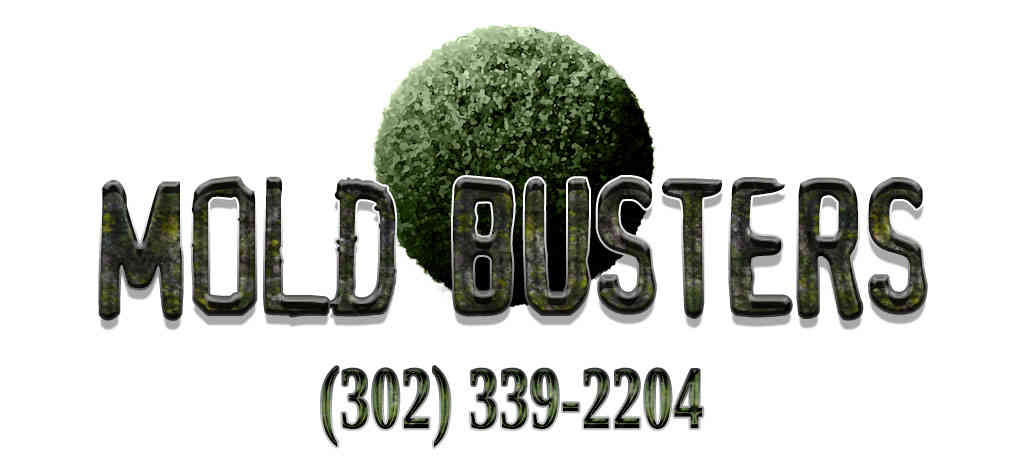Mycotoxins are produced on the surface of mold spores. Uniquely, they remain toxic even after the spore itself is dead. Mycotoxins are what cause the sicknesses in people and animals. The good news is that not all molds produce mycotoxins.
Molds are split into two genres. Toxigenic and Non-toxigenic. Molds that produce mycotoxins are considered to be toxigenic. Those that don’t are non-toxigenic.
What Types of Mycotoxins Are There?
There are 5 main strands of mycotoxins: Aflatoxins, Ochratoxin A, Fumonisins, certain Trichothecenes and Zearalenone.
What do Mycotoxins Do?
Mycotoxins can cause the more serious issues that occur i.e. breathing problems, lung inflammation, fever, burning sensations etc. They can also be responsible for acute and chronic sicknesses as serious as cancer, fibromyalgia, heart problems, lupus, and even mental deficiencies.
Two of the most common mold types that produce these mycotoxins are stachybotrys chartarum or chaetomium. Most symptoms can be treated with medication and diet though there has been no head way towards the more serious consequences like brain damage and loss of eye sight.
